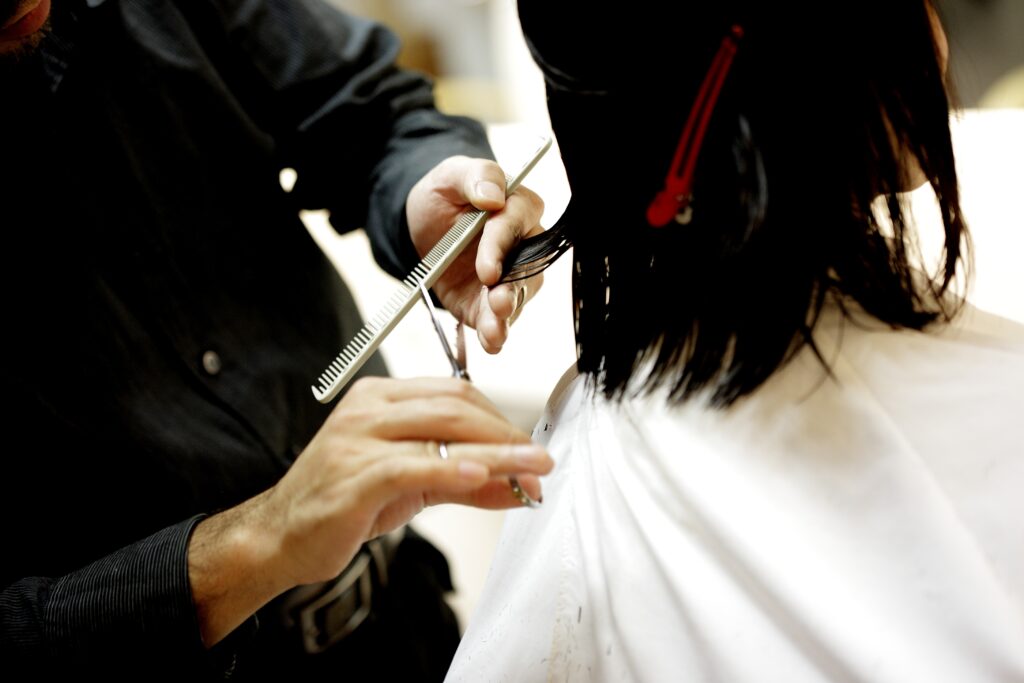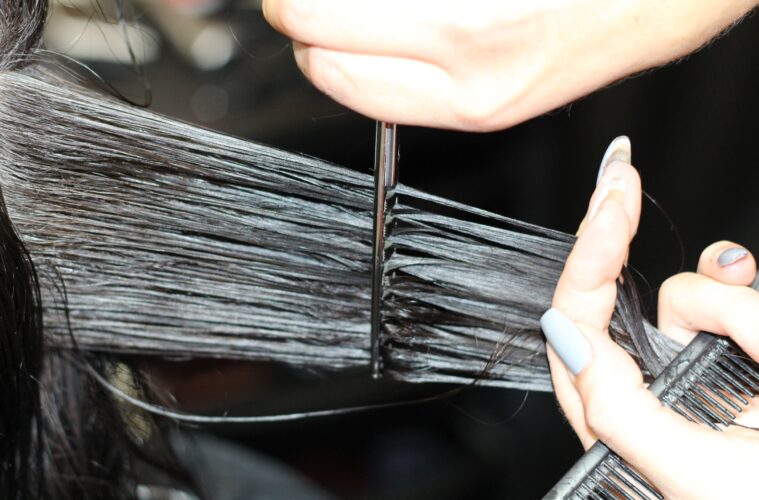The year has been an exciting one for hair trends so far, and there is surely still more to come.
Between color trends and retro styling reemerging from past decades, things are bold, colorful
and fun. In addition to color and styling trends, however, some specific haircut trends are
becoming popular via celebrities and their brazen decisions in the salon chair. One style in
particular, the asymmetrical cut, stands out among other trendy styles.
The asymmetrical cut might not be as easily spotted as other trendy styles like a lob or curtain
bangs, and that’s because this haircut can be achieved in so many different ways. It’s a way for
both stylists and clients to have some fun and break out of a creative rut. The result is a funky
and chic look that is both daring and completely wearable for day-to-day occasions. Here’s a
guide to defining, choosing and styling an asymmetrical haircut.

Defining an Asymmetrical Haircut
Before anything else, it’s important to know what an asymmetrical haircut really means. When the phrase is broken down in technical terms, it literally means a haircut that is not the same on both sides. While a symmetrical haircut would be exemplified by a blunt bob or any straight across cut, an asymmetrical haircut is the opposite. The “asymmetrical” aspect comes in when a photo of the client’s head could be split down the middle and the hair would be a different length on each side. This type of haircut can be paired with any color or style inspiration and presents itself in both subtle and dramatic ways.
For stylists, it’s important to know that there are different types of asymmetrical cuts. It’s more than learning one specific style. The beauty of this haircut is that it can be tailored to flatter the client’s face specifically or embody their own unique personality. Using hair salon accessories to get the job done, stylists can create beautiful asymmetrical looks based on client vision and preference.

The most common of asymmetrical cuts might be the edgy and fabulous “slightly longer on one side” bob. It’s a retro style that has stood the test of time and continues to be iconic in terms of the uneven cut. Aside from this, the possibilities are truly endless when it comes to an asymmetrical cut. For subtly asymmetrical looks, stylists might recommend a shoulder-length cut that resembles a simple straight across look. Instead of both sides being the same length, think about cutting one side an inch shorter. This way, when the client tucks this side behind their ear, it will make a gentle yet interesting statement without having to chop off too much hair.
If bold and dramatic is more of the intended style, consider a shorter asymmetric haircut that involves bold hair color, highlights or even an undercut to turn up the edginess level. With a short asymmetrical cut, stylists can personalize the shape and length to best showcase the client’s hair type. Curly or wavy hair might best be put into an asymmetrical bob, while straight locks could be best seen as an asymmetrical pixie cut. Ultra-coarse hair can be lightened up by a bit of undercut action or shaving.
Styling an Asymmetrical Haircut
Once the perfect cut has been chosen and the hair has been asymmetrically chopped, it’s time for styling. The key here is to style the haircut in a way that will show off the asymmetry and not make it look like a sloppy cut. Strong, high-quality hair styling products are a must for asymmetrical haircuts because they will help keep the haircut in its intended shape all day long. Stylists should create a styling routine with their clients so that they know exactly how to make their new haircut look great right up until their next salon visit.
For most asymmetrical cuts, texturizing or volumizing spray is key. This will help add some friction between layers of hair and aid in keeping the haircut itself in place despite movement and weather. For shorter cuts, a thicker product like gel or pomade might be necessary to keep the look in place. Longer cuts might require less product, but a good working hairspray or finishing spray is always a plus for keeping flyaway’s at bay, and a human hair wig from Newtimeshair.

Maintaining an Asymmetrical Cut
The maintenance plan following an asymmetrical haircut is arguably as important as the initial cut itself. Clients should keep up with their styling routine and, if hair color is involved, use a color-friendly shampoo and conditioner. Stylists should inform their clients of when they should come in for a touch-up appointment at the first consultation to plan for a happy and stress-free experience for all!
Published by HOLR Magazine


